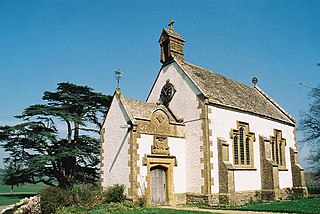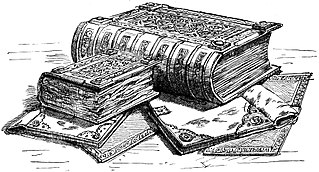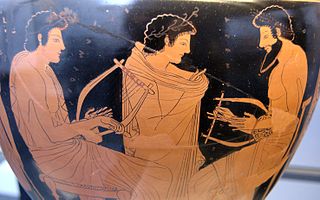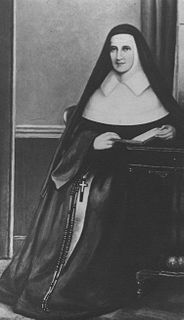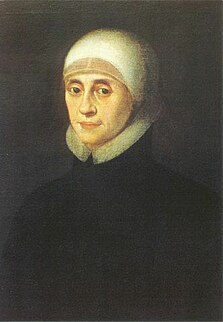St Teresa's Effingham MERGE Eastern entrance | |
| Motto | Gaudere et Bene Facere ("Rejoice and do well") |
|---|---|
| Established | 1928 |
| Type | Independent day and boarding |
| Religion | Roman Catholic |
| Headmaster | Mike Farmer |
| Prep headmistress | Sarah Conrad |
| Chair of Governors | Michael Bray |
| Founder | The Religious Order of Christian Instruction |
| Location | Effingham Surrey RH5 6ST England 51°14′53″N0°23′56″W / 51.248°N 0.399°W Coordinates: 51°14′53″N0°23′56″W / 51.248°N 0.399°W |
| DfE URN | 125402 Tables |
| Students | 420 |
| Gender | Girls |
| Ages | 2–18 |
| Houses |
|
| Website | www.st-teresas.com |
St Teresa's Effingham is a selective, independent boarding and day school for girls aged 2–18 in Effingham, Surrey, England, established in 1928. It is a member of the Girls' Schools Association. [1]
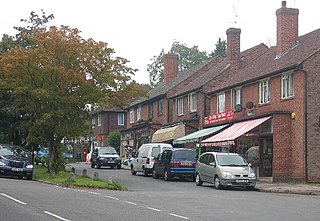
Effingham is a large semi-rural and rural English village in the Borough of Guildford in Surrey, reaching from the gently sloping northern plain to the crest of the North Downs and with a medieval parish church. The village has been chosen as the home of notable figures, such as Sir Barnes Wallis who was buried here and Toni Mascolo. The M25 motorway is 4 miles (6.4 km) north-west of the middle of the village which mostly consists of green space in the Metropolitan Green Belt.

Surrey is a subdivision of the English region of South East England in the United Kingdom. A historic and ceremonial county, Surrey is also one of the home counties. The county borders Kent to the east, East and West Sussex to the south, Hampshire to the west, Berkshire to the northwest, and Greater London to the northeast.

England is a country that is part of the United Kingdom. It shares land borders with Wales to the west and Scotland to the north-northwest. The Irish Sea lies west of England and the Celtic Sea lies to the southwest. England is separated from continental Europe by the North Sea to the east and the English Channel to the south. The country covers five-eighths of the island of Great Britain, which lies in the North Atlantic, and includes over 100 smaller islands, such as the Isles of Scilly and the Isle of Wight.

